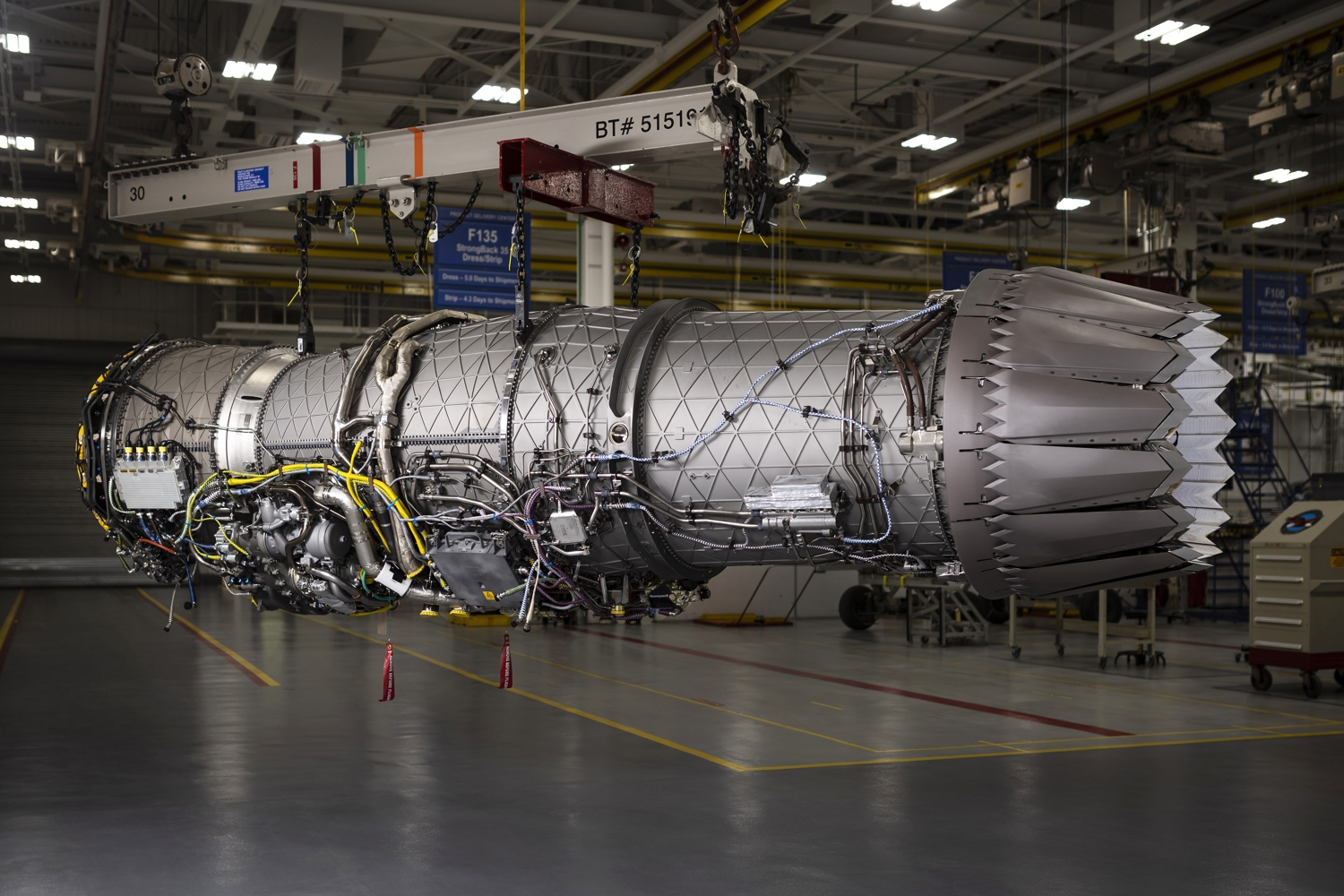Gray Eagle makes first flight using PLEO comms
The Gray Eagle Extended Range (ER) unmanned aerial system from General Atomics Aeronautical Systems Inc (GA-ASI) has completed its first series of flight tests using proliferated low earth orbit (PLEO) satellites for aircraft communication, according to a 12th March press release from GA-ASI.
The US Army contracted GA-ASI to conduct the tests with the Gray Eagle which started in January this year, and two flight tests have been completed since as well as a series of ground tests using PLEO satellites for communications and flight control.
“The initial testing focused on flight-critical operations, including core aircraft control functions as well as sensor and communications systems,” the press release states, adding that future flight tests will include operations across the full flight regime.
Gray Eagle is designated MQ-1C in US Army service, where it operates as a medium altitude long-endurance reconnaissance and strike platform. It has a maximum flight altitude of around 8,000 m and can orbit over an area for up to 25 hours.
From 2013, the US Army set out to equip every single one of its active divisions with the MQ-1C, including the 160th Special Operations Aviation Regiment and the military intelligence aerial exploitation battalions. At the time, they were operated by a company of 128 soldiers and each company would have nine MQ-1Cs, with an additional platoon of three more Gray Eagles added when deployed. The 160th Special Operations regiment started out with 12.
The US Army National Guard also ordered 12 of the Gray Eagle 25M in 2024, an improved variant of the standard Gray Eagle in service with the US Army.
The Gray Eagle is the “only Army UAS that can use Geostationary Earth Orbit (GEO), Low Earth Orbit (LEO) and PLEO constellations for secure, inflight adaptable and resilient communication, navigation and data management,” according to GA-ASI. PLEO refers to a type of satellite constellation that is operating in low earth orbit with hundreds or thousands of satellites, this applies mainly to OneWeb and Starshield – the defence equivalent of the commercially available Starlink. It differs from other forms of satellite communications in that it is generally designed around commercial processes and markets.
The PLEO communications capability is designed to provide an additional resilient communications channel. The large quantity of PLEO satellites and their high speed relative to the ground make it difficult to jam them and reduce vulnerability to any kinetic attacks. This is one of the reasons for the US interest in using PLEO for its UAS. It was previously used in flight tests of the MQ-20 from GA-ASI, and the US Space Force has placed contracts for access to both OneWeb and Starshield.
Tech profile: Gray Eagle Extended Range

The Gray Eagle Extended Range carries more fuel and has a more powerful engine than the standard Gray Eagle. Credit: GA-ASI
The Gray Eagle Extended Range has a max take-off weight of 1,905 kg and a 180HP diesel engine, it can carry 400 kg of fuel internally and another 204 kg of fuel in external fuel pods. Its wingspan is 17 m and it is 9 m long. It can carry four Hellfire missiles and a variety of sensors including electro-optical and infrared cameras, signals intelligence payloads and synthetic aperture radar and ground-moving target indicator for all-weather target detection. It can fly for 25 hours but has demonstrated the ability to fly for up to 42 hours in tests. It has a top speed of 300 km/h.
Calibre comment
The MQ-1C and other large UAS like the MQ-9 have occasionally been brought down by adversaries, which to many indicates that they are of limited value. However, the targeting capabilities of the system and its ability to communicate with other platforms means that it can deliver a lot of capability in multi-domain operations. For example, it has the ability to pass target data to an Apache, allowing the Apache pilot to exploit its sensors and ground operators can also take control of its sensors to improve their understanding of the situation on the ground. There are potentially a lot of ways to exploit UAS for target detection and classification that keeps manned platforms out of the threat envelope for as long as possible, helping to shape the battlespace before crewed platforms arrive.

Sign Up for Updates!
Get insider news, tips, and updates. No spam, just the good stuff!





